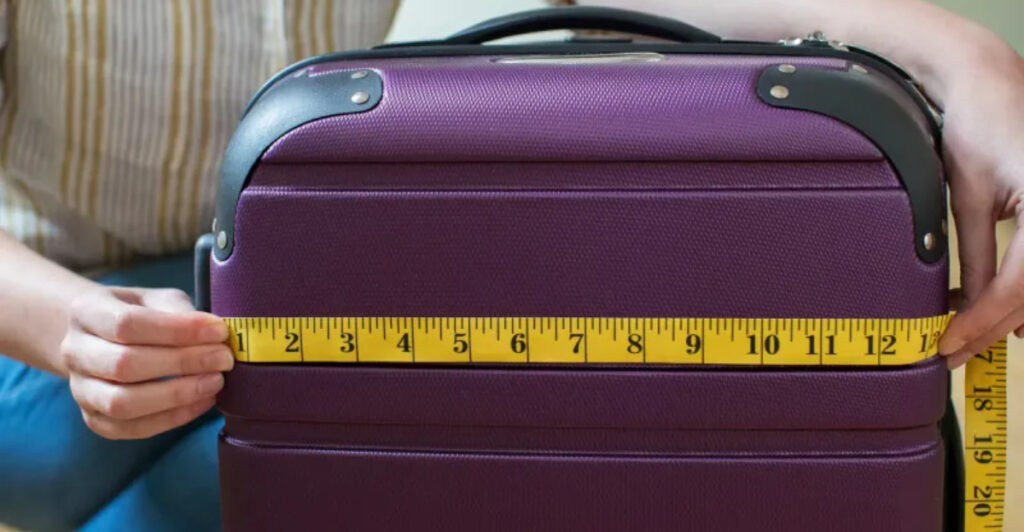Budget airlines promise cheap flights, but they come with hidden surprises that can turn your dream trip into a nightmare. Smart travelers know the secret to flying these no-frills carriers successfully lies in preparation and realistic expectations. Whether you’re a first-time flyer or a seasoned traveler looking to save money, understanding what to pack and what awaits you can make all the difference between a smooth journey and an expensive disaster.
1. Pack the Perfect Personal Item Bag
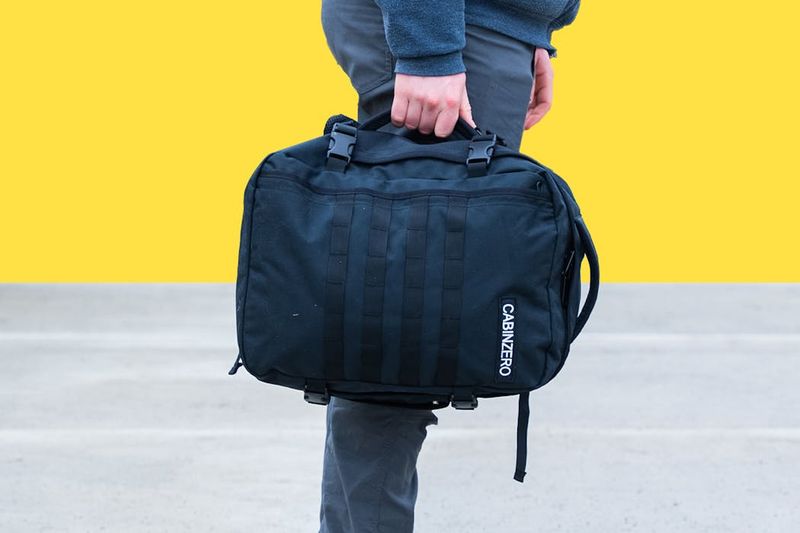
Your bag choice can make or break your budget airline experience. Most carriers allow one small personal item for free, typically measuring 40x20x25 centimeters or roughly the size of a laptop bag.
Choose a soft-sided backpack or messenger bag that can squeeze under the seat in front of you. Hard cases rarely work because they can’t compress when overhead bins fill up.
Popular options include the Osprey Daylite or CabinZero 28L, both designed specifically for airline travel. Remember, this single bag must hold everything you need for your entire trip if you want to avoid extra fees.
2. Bring Your Own Food and Water
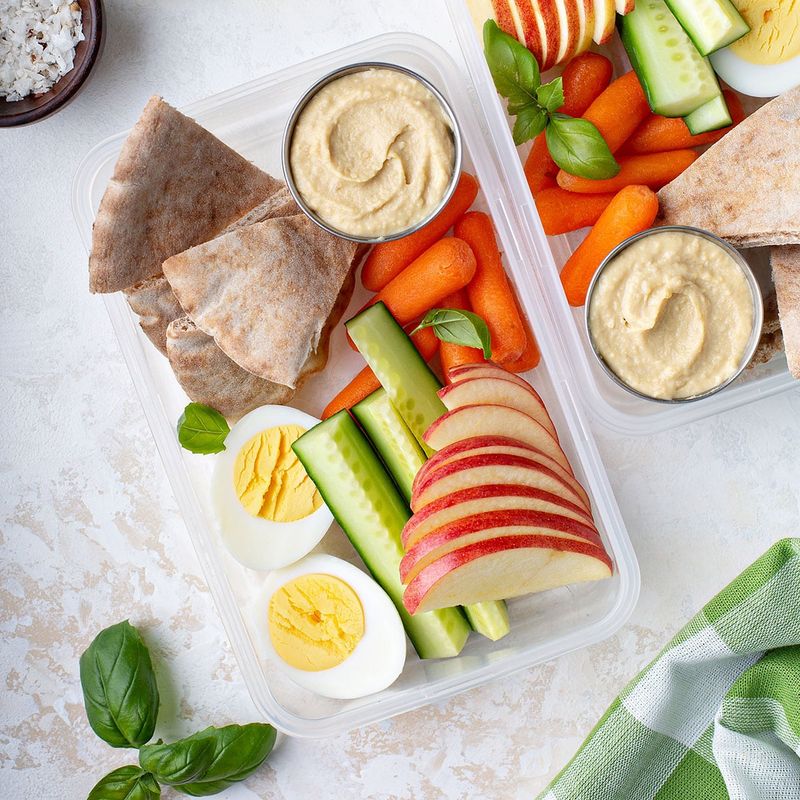
Airport prices will shock you, and onboard snacks cost even more. A simple sandwich can cost as much as your entire ticket on some budget carriers.
Pack non-perishable snacks like nuts, granola bars, or crackers in your personal bag. Bring an empty water bottle and fill it after passing through security to stay hydrated without paying premium prices.
Pro tip: Many airports have water fountains near gates, and some even have bottle-filling stations. Your wallet will thank you when you’re not paying eight dollars for a tiny bag of peanuts at 30,000 feet above ground.
3. Download Entertainment Before You Fly
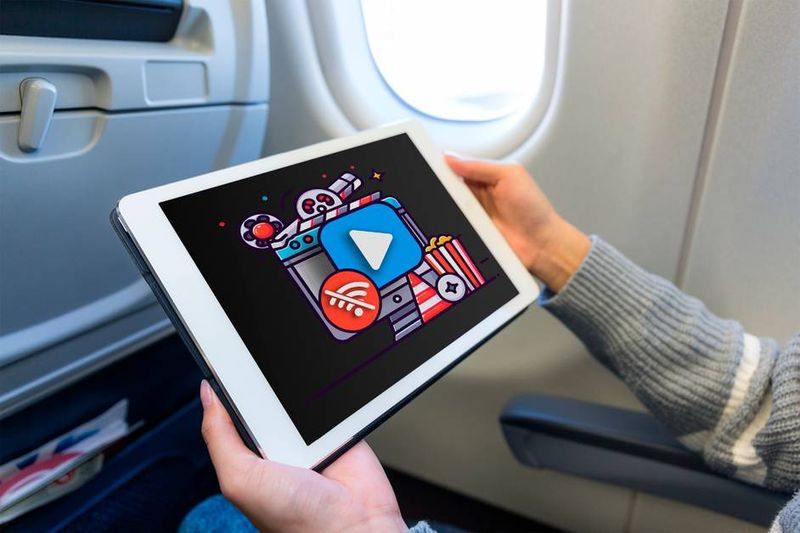
Forget about seatback screens or free WiFi on budget airlines. Most don’t offer any entertainment systems, and internet access costs extra when available.
Download movies, TV shows, podcasts, or e-books to your phone or tablet before leaving home. Make sure your device is fully charged, as many budget planes lack power outlets at every seat.
Spotify, Netflix, and other apps allow offline downloads with premium subscriptions. A good pair of noise-canceling earbuds becomes essential when you’re surrounded by crying babies and chattering passengers for hours without any other distractions to help pass the time.
4. Pack Comfort Items for Long Flights
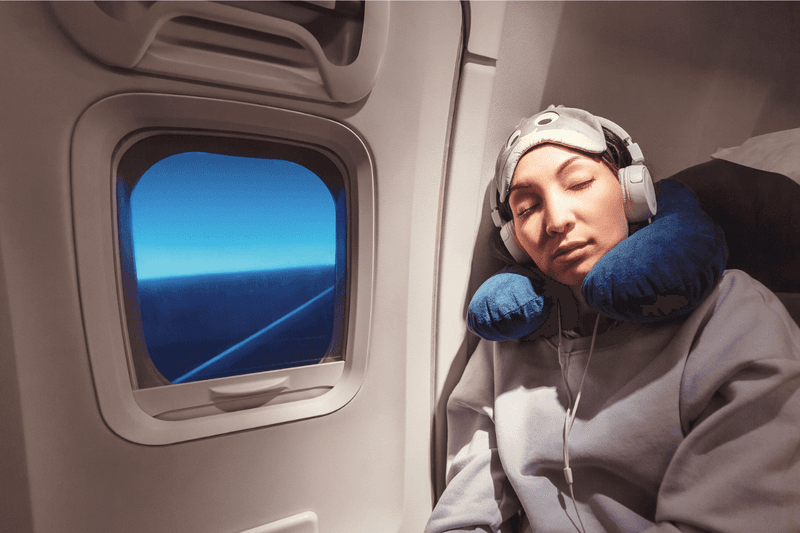
Budget airline seats offer minimal comfort, with less legroom and padding than regular carriers. Your back and neck will feel every minute of a long flight.
A small travel pillow or inflatable neck support can save you from arriving with a crick in your neck. A lightweight blanket or large scarf provides warmth in chilly cabins.
Compression socks help prevent swelling during long flights, especially important when you can’t afford to upgrade to seats with extra legroom. These small comfort items take up minimal space in your personal bag but make a huge difference in how you feel upon arrival.
5. Carry Essential Electronics and Chargers
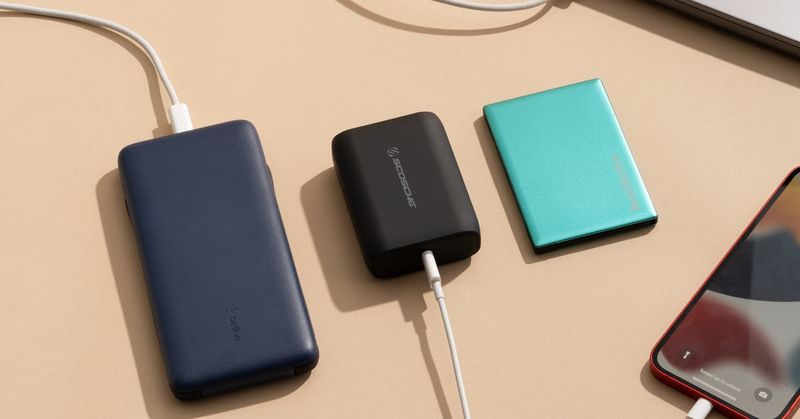
Dead phone batteries become serious problems when you need boarding passes, maps, or translation apps. Budget airlines rarely provide power outlets, and when they do, they often don’t work properly.
Pack a fully charged power bank along with all necessary charging cables. Download your boarding pass, hotel confirmations, and city maps before your trip starts.
Keep important documents in both digital and physical formats. Screenshot your boarding pass in case your phone dies or apps malfunction. A small portable charger can power your phone multiple times and costs less than most airport charging stations or onboard power rentals that some airlines offer.
6. Expect Strict Baggage Rules and Fees
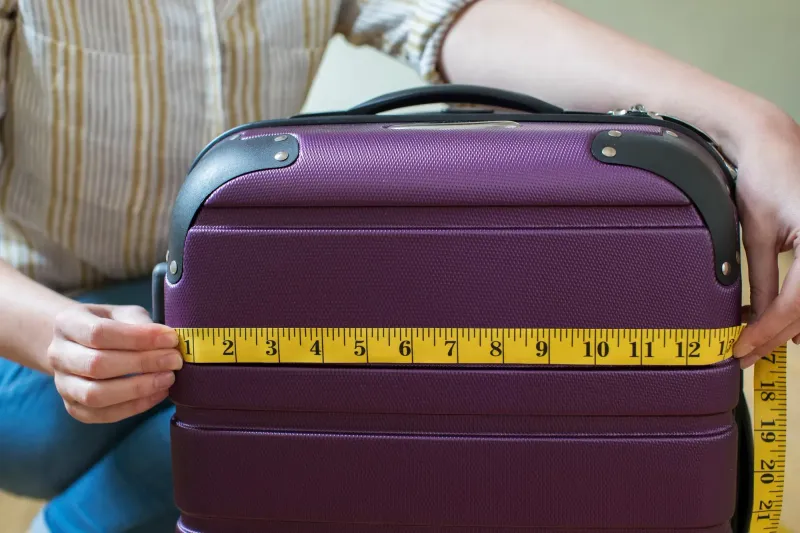
Budget airlines make money through baggage fees, not ticket prices. Every extra inch or pound costs money, and gate agents measure bags religiously.
Personal items must fit specific dimensions, and anything larger gets charged as carry-on luggage. Checked bags cost extra, and prices increase closer to departure date.
Weight limits apply to both carry-on and personal items on some carriers. Pack light and weigh your bag at home before leaving. Airport scales at check-in counters often show different weights than home scales, usually not in your favor. Reorganizing luggage at the airport while other passengers wait behind you creates unnecessary stress and embarrassment.
7. Prepare for No-Frills Seating Arrangements
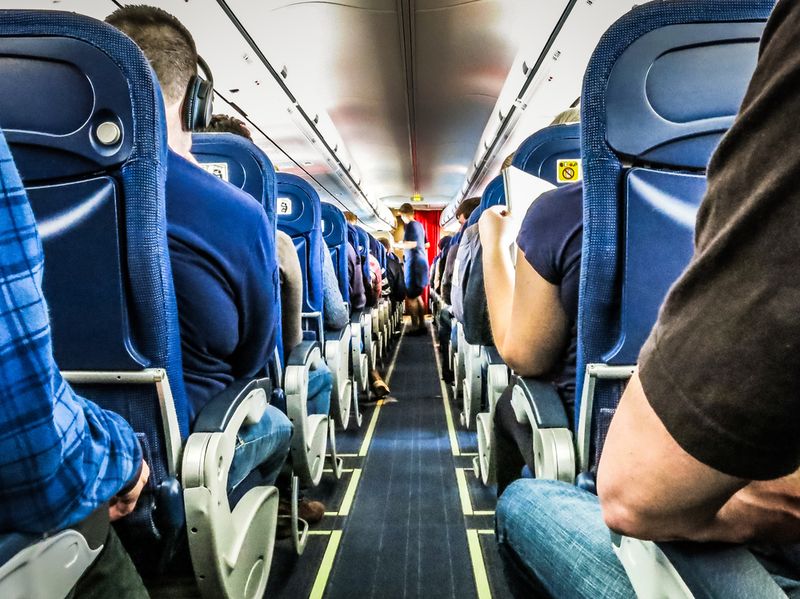
Forget about spacious seats with generous legroom. Budget airline seats pack passengers together like sardines, with minimal space between rows.
Seat selection costs extra, so you might end up in a middle seat between strangers. Many budget carriers don’t allow seats to recline, keeping everyone upright for the entire flight.
Armrests don’t always lift up, and seat pockets are smaller than on regular airlines. Taller passengers suffer most, as legroom can be four inches less than major carriers. Window seats might not align with actual windows, and emergency exit rows cost premium prices despite offering the only decent legroom available.
8. Budget for Hidden Costs Everywhere
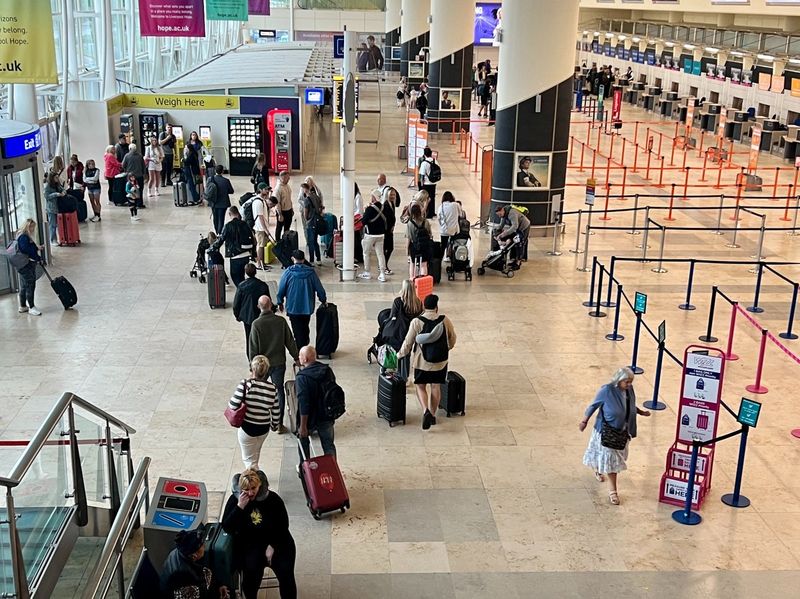
That cheap ticket price represents just the beginning of your expenses. Budget airlines charge for services other carriers include free.
Printing boarding passes at airports costs twenty euros or more. Choosing specific seats, priority boarding, and overhead bin access all require additional payments.
Food, drinks, and even water cost extra onboard. Credit card payments sometimes incur processing fees, and some airlines charge for using non-local payment methods. Changing flights or names on tickets costs more than buying new tickets. Read the fine print carefully, as these extra charges can double or triple your original ticket price before you even board the plane.
9. Accept Secondary Airports and Long Transfers

Budget airlines save money by using smaller airports located far from major cities. Your flight to Paris might actually land an hour outside the city.
Ground transportation from these airports costs extra time and money. Bus rides to city centers can take ninety minutes or more, especially during rush hour traffic.
Secondary airports offer fewer amenities, restaurants, and shops than major hubs. Some lack air conditioning or comfortable seating areas. Factor transportation costs and time into your travel budget and schedule. That cheap flight becomes less appealing when you’re paying forty euros for a taxi ride and arriving three hours later than expected at your final destination.
10. Brace for Delays and Inflexible Policies

Budget airlines operate on thin margins, making them vulnerable to delays and cancellations. Weather, mechanical issues, or crew shortages affect their schedules more than major carriers.
Policies are strictly enforced without exceptions. Arriving one minute late at the gate means missing your flight, with no rebooking options at the same price.
Customer service is minimal, with long phone wait times and limited airport staff. Travel insurance becomes more important when flying budget carriers, as you’ll have fewer protections and compensation options. Peak travel seasons see the most disruptions, so build extra time into your itinerary and have backup plans ready for unexpected changes.

